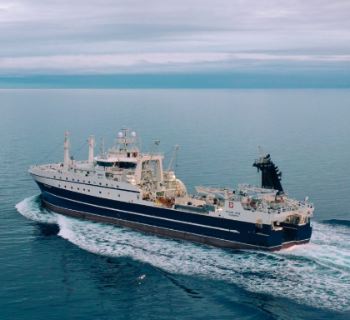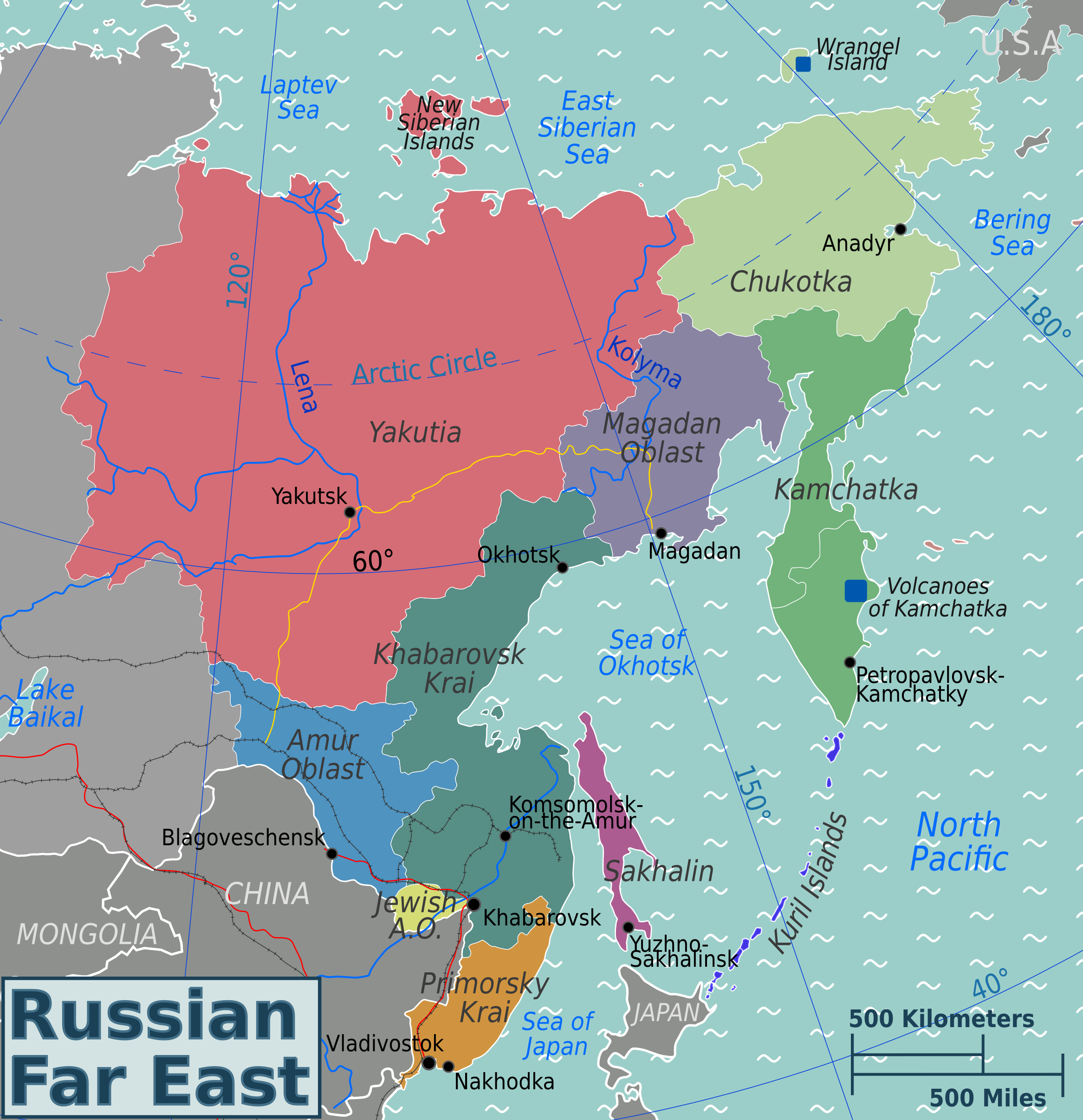|

RRPK supertrawler, built under the ST-192 project
Russian Total Permissible Catch for 2026 Set to Increase
 RUSSIAN FEDERATION
RUSSIAN FEDERATION
Tuesday, March 18, 2025, 01:00 (GMT + 9)
Rosrybolovstvo Prepares Recommendations for Fishermen
Rosrybolovstvo will increase the total permissible catch (TAC) in internal sea waters, on the continental shelf, and in the exclusive economic zone of the Russian Federation for 2026. Industry science has prepared the corresponding recommendations.
.png) "It is crucial that the TAC is established using a precautionary approach, adhering to scientists' recommendations for the conservation of aquatic biological resources. In 2026, the TAC is projected to increase by 61.1 thousand tons, reaching 3.65 million tons. Recent scientific expeditions have revealed an increase in the stocks of several species, notably pollock and herring. This will enable Russian fishermen to expand their production volumes," emphasized Ilya Shestakov, head of the Federal Agency for Fisheries. "It is crucial that the TAC is established using a precautionary approach, adhering to scientists' recommendations for the conservation of aquatic biological resources. In 2026, the TAC is projected to increase by 61.1 thousand tons, reaching 3.65 million tons. Recent scientific expeditions have revealed an increase in the stocks of several species, notably pollock and herring. This will enable Russian fishermen to expand their production volumes," emphasized Ilya Shestakov, head of the Federal Agency for Fisheries.
The primary catch volumes will be allocated to pollock (2.4 million tons), Pacific herring (534.9 thousand tons), cod (134.9 thousand tons), and Commander squid (110 thousand tons). The TAC for Pacific salmon in Russia's exclusive economic zone in 2026 will be 1.29 thousand tons.
Projected TAC Increases for 2026 (Key Aquatic Bioresources):
- Pollock – by 1.3%
- Pacific herring – by 17.9%
- Blue crab – by 13.5%
- Snow crab – by 2.7%
All proposals were reviewed at a meeting of the Scientific Council of the Federal Agency for Fisheries. The final TAC for 2026 will be determined after incorporating revisions based on the discussion's outcomes.

Furthermore, a decision was made to increase the TAC for 2025. Scientists from the State Research Center of the Russian Federation VNIRO, under the Federal Agency for Fisheries, prepared the corresponding recommendations.
TAC Increases for 2025:
- Pollock in the West Sakhalin subzone - up to 50 thousand tons (+20%)
- Flounder in the East Sakhalin subzone - up to 4.6 thousand tons (+43%)
- Herring in the Karaginsk subzone - up to 95.8 thousand tons (+ 47.7%)
- Kamchatka crab in the North Sea of Okhotsk subzone - up to 1 thousand tons (+16%)
- Opilio snow crab in the North Sea of Okhotsk subzone - up to 19.9 thousand tons (+15.4%)
- Birdi snow crab in the West Bering Sea subzone - up to 0.9 thousand tons (+42%)
- Blue crab in West Kamchatka subzone – up to 4.1 thousand tons (+30%).
Source: Federal Agency for Fisheries
[email protected]
www.seafood.media
|



